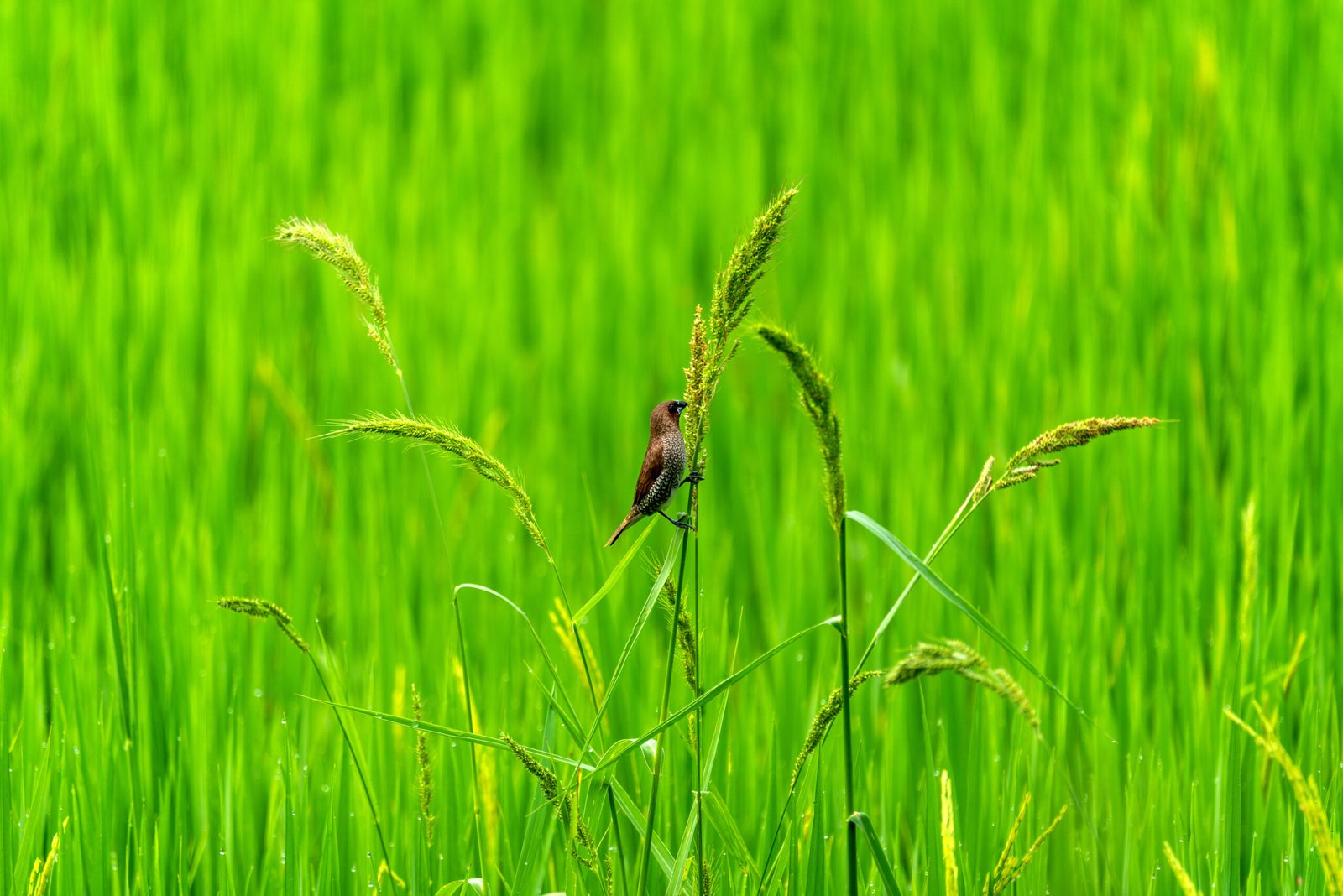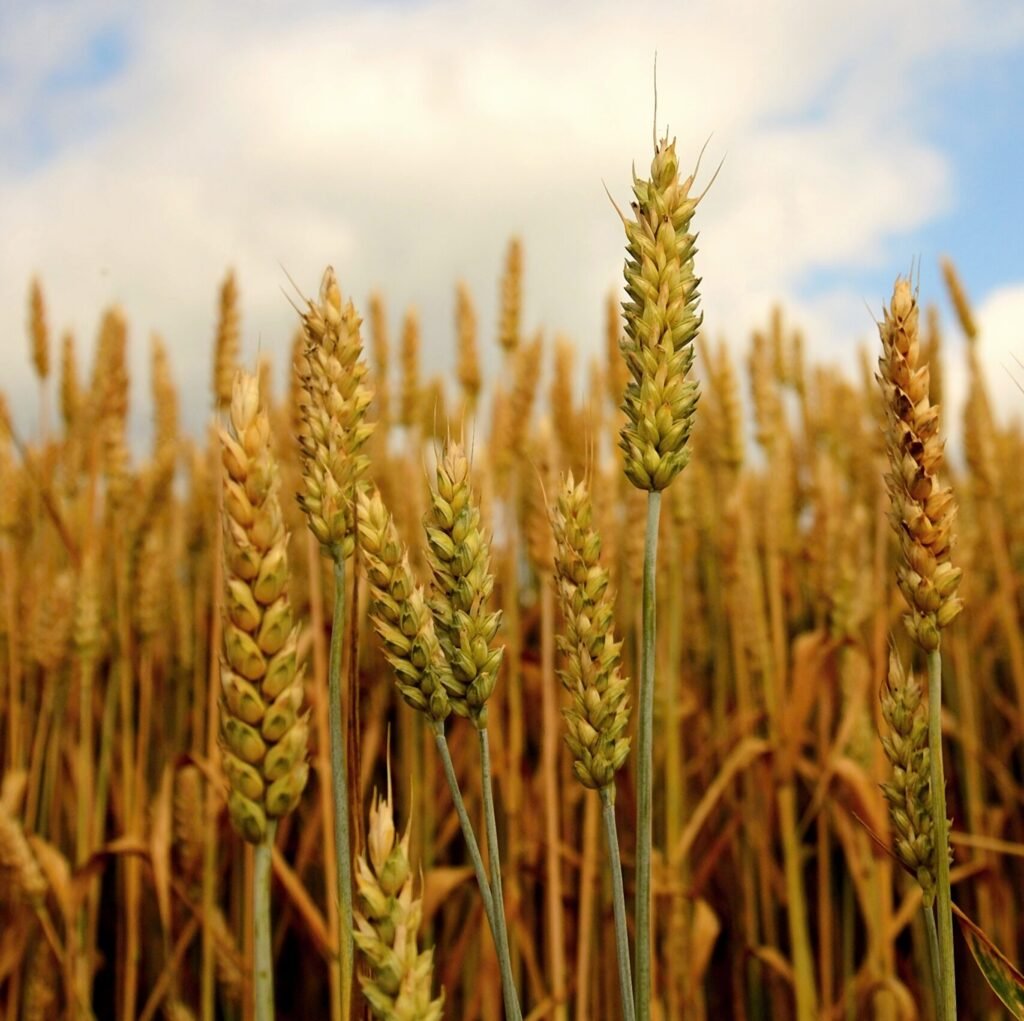Latest News
Magic of Millets | Boosting Farmer Income and Health in One Go

India’s resurgence Magic of Millets, its ancient grains, provides a glimmer of hope for sustainable agriculture in the face of climate change, soil erosion, and water constraint. Millets, which were formerly disregarded and referred to as “coarse grains,” are now regaining their proper position in Indian marketplaces, kitchens, and fields. Millets, which are valued for their resilience, nutrition, and minimal input requirements, are really revolutionising Indian agriculture.
These nutrient-rich grains, which range from Pearl millet (Bajra) to Finger millet (Ragi), are assisting farmers in diversifying their output, cutting expenses, and satisfying the growing demand for wholesome, gluten-free meals. With backing from the government and growing international recognition, India’s millet revolution is a transformational movement rather than just a fad.

🌱 Why Do Millets Have Magic?
Small-seeded grasses called millets thrive in arid, hostile conditions where other grains cannot. They are perfect for dry and semi-arid areas since they are pest-tolerant, drought-resistant, and need little chemical input.
- 🔑 Principal Advantage: Water-efficient: 70% less water is needed than for rice.
- Climate Resilient: Prosper in hot weather and unfavourable soil conditions.
- Protein, fibre, iron, calcium, and antioxidants are all abundant in this nutrient-dense food.
- Low Cost: There is less need for pesticides or fertilisers.
Millets are positioned as a game-changer in the era of sustainability due to their special blend of nutritional and ecological advantages.
India’s Use of Millets in Agriculture
With more than 40% of the world’s millets produced, India is the biggest producer. States that produce a lot of millet include:
Bajra, or Rajasthan
Ragi, Karnataka
Jowar, Maharashtra
Telangana, Tamil Nadu, and Chhattisgarh (Minor millets)
With the Green Revolution’s emphasis on rice and wheat, millets—once a staple food—saw a fall. However, the Indian government has started a number of projects to bring millet farming back to life after the UN proclaimed 2023 to be the International Year of Millets.
🚜 Government Assistance for Millet Production
The Ministry of Agriculture’s National Food Security Mission (NFSM) and Millet Mission seek to advance millets’ cultivation, processing, and distribution. Important initiatives include of:
- Select millets’ Minimum Support Price (MSP)
- Including millet in PDS and midday meal programs
- monetary incentives for millet processing facilities
- Educating the public with “Eat Right” programs
Both farmers and consumers stand to gain from these policies’ goal of mainstreaming millets into India’s agri-food system.
🛒 Health Appeal and Market Demand
The demand for millet has increased in both export markets and urban India as a result of rising knowledge of healthy eating and gluten-free diets. Today, millets are used in:
- Cereals for breakfast
- Pasta, biscuits, and millet noodles
- Snacks and health bars
- Mixtures that are ready to cook
India has a competitive advantage in millet exports as customers throughout the world are looking for natural, nutrient-dense grains.
Impact of Farmers: Financial Gains, Adaptability, and Food Security
Millets provide a reliable source of revenue for farmers in rainfed and drought-prone regions. They guarantee:
- Soil health and crop diversification
- Lower input costs
- dependable results even with little rainfall
Consider Sunita Devi of Jharkhand, who converted her 2-acre plot of land from water-intensive rice to finger millet. Her family now sells excess to nearby markets at a premium and saves ₹6,000 a season on fertiliser and water.
Reintroducing Magic of Millets into Indian Diets: From Field to Plate
Idli mixes, laddoos, dosa batters, khichdi, and even biryani are all using millets again. Their low glycaemic index and high fibre content make them perfect for:
- People with diabetes
- People who are concerned about their weight
- Elderly people and growing children
Millets are currently being included into midday meals at schools and anganwadis in a number of states, promoting farmer livelihoods and health.
🛠️ Difficulties and the Future
Despite its advantages, millet growing has drawbacks.
- Farmers’ ignorance
- Insufficient infrastructure for marketing
- Restricted availability of processing units
- Consumers continue to favour wheat and rice.
- In order to maintain this pace, India requires:
- Improved cultivars and further millet research
- Building capacity and educating farmers
- Connections to markets and processing centres
- Public awareness initiatives to modify eating habits
✅ Wrapping Up
Millets’ sustainability, resilience, and simplicity are what make them so magical. Millets are no longer only “poor man’s food”; rather, they are superfoods for a smart future as India strives for agriculture that is both climate resilient and nutrition secure.
In the states of Rajasthan, Karnataka, and Odisha, the change is already under progress. The objective now is to guarantee that every farmer cultivates them, every citizen consumes them, and every legislator backs them.
Millets are seeds of change rather than just grains.
❓ Millet Cultivation FAQs
1.Which kinds of millets are most often cultivated in India?
A: Commonly grown millets include foxtail, barnyard, kodo, sorghum (jowar), finger millet (ragi), and pearl millet (bajra).
2.What role do millets play in promoting climate resilience?
A: Millets are perfect for climate-stressed areas since they thrive in dry, poor soils that get little water or fertiliser.
3.What kind of assistance are provided to Indian millet farmers?
A: Farmers get marketing support, government plan subsidies, and MSP for certain millets.
4.Do tiny farmers make money from millets?
A: They are very lucrative due to their long shelf life, market demand for organic grains, and cheaper input prices.
5.How can customers include millets into their regular diets?
A: For improved health, millets may be used in lieu of rice or wheat in snacks, khichdi, dosa, chapatis, and porridge.













